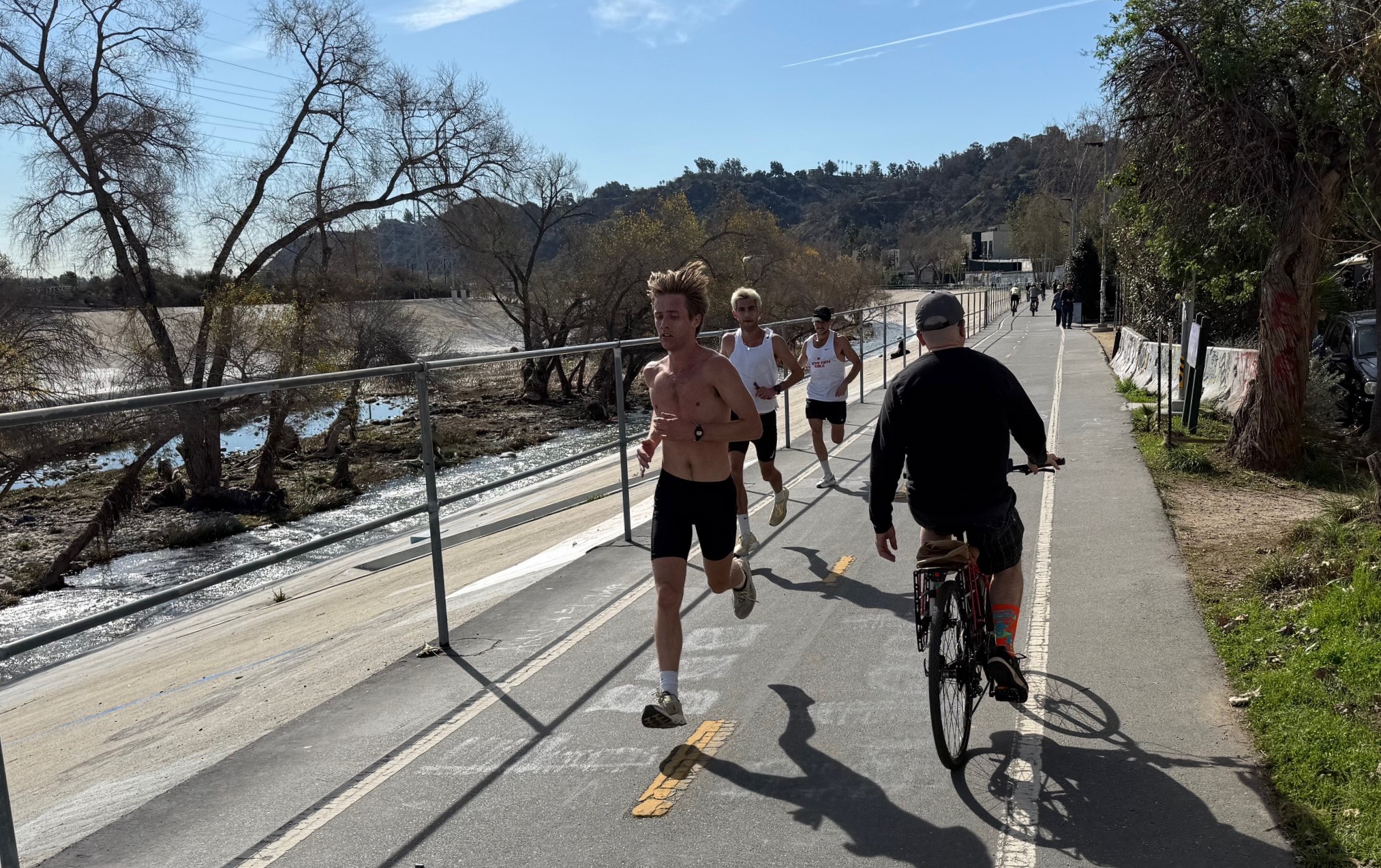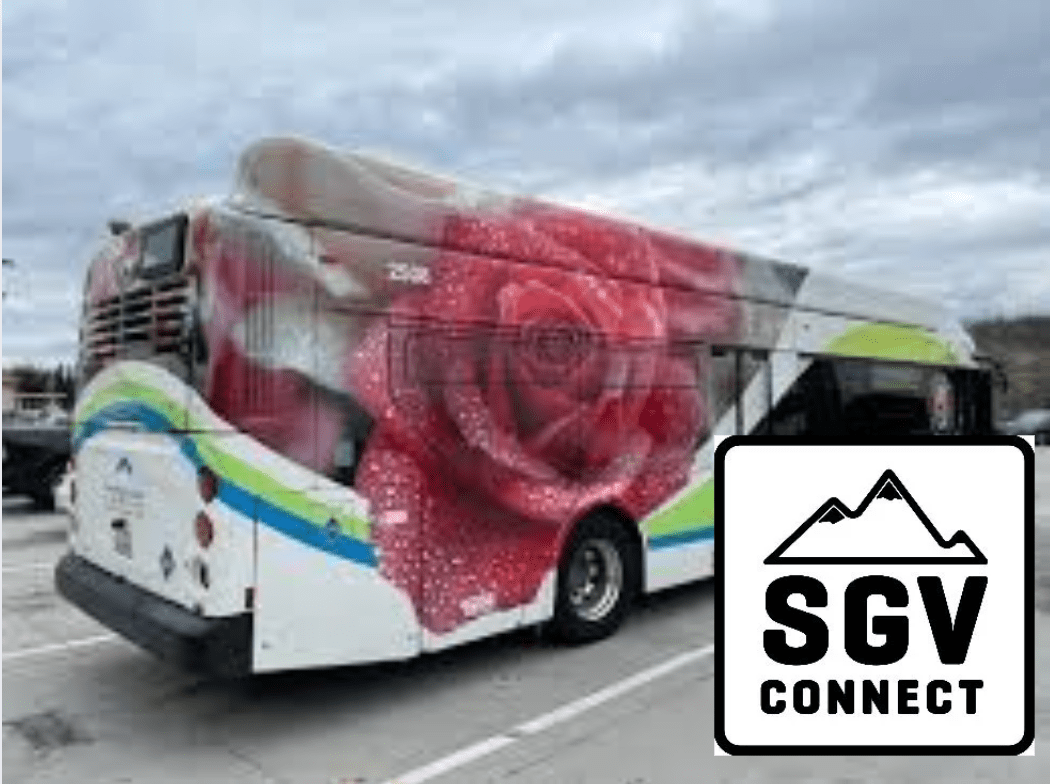Kenmore Boulevard, a four-lane boulevard that runs through the south side of Akron, was just too wide.
Take a look at the Google photo above of Kenmore and 12th Street from 2011. Four pedestrians stand on the sidewalks waiting for the bus — one with a bike. In the distance, you can see maybe one — or two? — cars. The rest of the space is almost ghostly.
So leaders in Akron are reorganizing roughly 10 such roadways as part of its new "Great Streets" initiatives to make them safer for walking and biking. For now, the program centers around historic business districts, not only adding bike lanes, but rezoning streets to emphasize walkability, doling out grants to help local businesses improve their storefronts, and upgrading a community center.
The initiative stems from basic demographic reality: Akron — like many cities across the upper Midwest — has lost about one-third of its population since its industrial heyday in the 1960s. And also like many cities that have lost a lot of population — Detroit, Cleveland, Buffalo — wide, empty streets linger unneeded.
Population loss causes a well-known set of problems — abandoned houses, vacant lots — but it is also causes a transportation problem. Wide, traffic-free roads encourage speeding — which can also be an equity issue if the urban poor live mostly in the depopulated areas, as they are in Akron.
Akron Planning Director Jason Segedy identified roughly two dozen four-lane streets in the city that carry less than 10,000 cars a day, meaning a two-lane road would easily suffice.
"The lack of traffic congestion is an opportunity we can capitalize upon," Segedy wrote recently in the Akron Beacon Journal.
"Instead of having to spend tens of millions of dollars to widen our streets, we are able to inexpensively redesign them, simply by using paint to re-stripe them, thereby making better use of the pavement that is there, and making our city safer and more attractive to new residents and businesses in the process," Segedy added.







